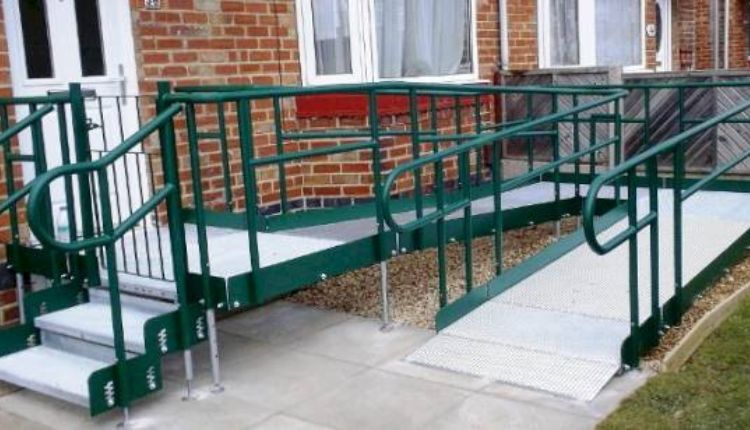Simple Disabled Adaptations For Your Home
For individuals with disabilities, creating a home environment that fosters independence, comfort, and safety is paramount. Simple adaptations can make a significant difference in enhancing accessibility and accommodating unique needs. This article will explore practical and straightforward disabled adaptations that can transform your home into a haven for inclusivity.
Entrance And Exit Accessibility
The first step towards creating an inclusive home is ensuring easy access to the property. Consider installing a ramp or a gently sloped pathway leading to the entrance. This not only benefits wheelchair users but also individuals with mobility aids like walkers or canes. Choose non-slip materials for ramps to prevent accidents during wet weather.
Lever-Style Door Handles
Traditional doorknobs can be challenging for individuals with limited hand strength or dexterity. Replace them with lever-style door handles, which are easier to grasp and require less force. These handles are available in various styles and materials, allowing functionality and aesthetic appeal.
Accessible Flooring
Choose flooring materials wisely to ensure a smooth and safe environment. Hardwood, laminate, or low-pile carpeting is preferable to high-pile carpets, which can be difficult for wheelchair users to navigate. Additionally, ensure that flooring surfaces are level to prevent tripping hazards.
Grab Bars In Key Areas
Install grab bars strategically in areas where support is needed, such as the bathroom and hallways. These bars provide stability and assistance for individuals with mobility challenges. Consider installing grab bars near the toilet and in the shower to enhance safety during daily activities in the bathroom.
Wider Doorways
Widening doorways is a simple yet effective disabled adaptations that provides greater accessibility for wheelchair users. Please consult with a contractor to determine the feasibility of this modification, ensuring that it complies with building codes. Wider doorways also benefit individuals with mobility aids or those who require assistance from caregivers.
Adjustable Countertops And Shelves
Make kitchen spaces more accessible by incorporating adjustable countertops and shelves. This allows for customization based on the individual’s height and reach, ensuring that essential items are easily grasped. Adjustable features promote independence in daily tasks, fostering a sense of autonomy.
Accessible Storage Solutions
Implementing accessible storage solutions is crucial for creating an organized and user-friendly living space. Lowering shelves, incorporating pull-out drawers, and using storage bins with handles can make a significant difference for individuals with limited reach or mobility.
Roll-In Showers
Traditional shower and bathtub setups can pose challenges for individuals with mobility issues. Consider installing roll-in showers with minimal thresholds to facilitate easy access. Incorporate non-slip flooring in the shower area to enhance safety and ensure seating options for those requiring them.
Adaptive Lighting
Proper lighting is essential for creating a safe and comfortable living environment. Ensure that spaces are well-lit to prevent tripping hazards. Consider installing motion-activated lighting in hallways and entryways to provide illumination when needed, minimizing the risk of accidents.
Smart Home Technology
Explore the possibilities of smart home technology to enhance convenience and accessibility. Voice-activated assistants, smart thermostats, and automated lighting systems can be invaluable for disabled individuals. These technologies empower individuals to control various aspects of their home environment independently.
Accessible Appliances
Choose home appliances with accessibility features, such as side-opening ovens, front-loading washing machines, and easily adjustable stove controls. These adaptations simplify daily tasks for individuals with mobility challenges, promoting self-sufficiency in the kitchen.
Comfortable Seating
Invest in comfortable and supportive seating options that cater to individual needs. Adjustable and ergonomic furniture can comfort individuals with mobility issues or those who spend extended periods seated. Consider adding cushions or pillows for additional support.
Conclusion
Creating an inclusive and accommodating home can sometimes require extensive renovations. Simple disabled adaptations can profoundly impact the daily lives of individuals with disabilities, promoting independence and a higher quality of life. By incorporating these practical adjustments, we move closer to fostering an environment where everyone can thrive. Every home is unique, and personalized adaptations based on individual needs should always be considered for a truly inclusive living space.



